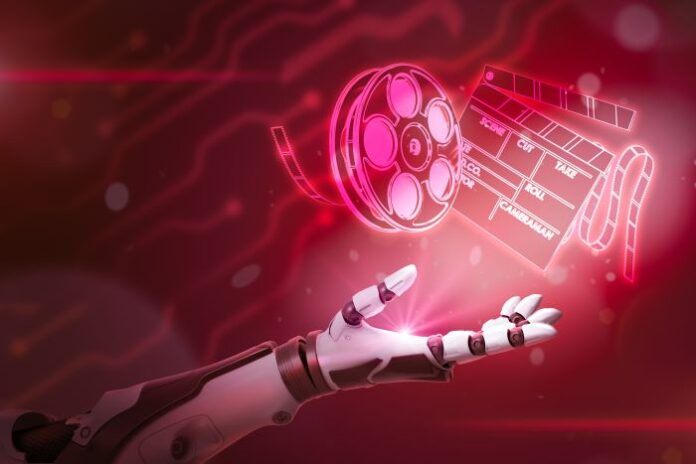Video is on an exponential growth trajectory, and it’s not just Netflix originals and HBO docs and new films on Amazon Prime. It’s YouTube, Instagram stories, and TikToks too.
In today’s world, when people aren’t eating or sleeping (or perhaps even when they are), they are likely viewing a video. Each day, people watch over 1 billion hours of YouTube. That’s more than 114,000 years of video… every single day.
Creating and delivering movies, news and other compelling visual content is no longer just for the Hollywood elite. In fact, some of today’s most prolific storytellers are doing so with little resources and amateur tools. Kids as young as six years old are shooting videos using their parents’ cell phones. Anyone from the novice documentarian, to social media influencers and Hollywood pros can share video on a viral scale.
Telling our stories
One of the reasons more people are getting in on the video action is access to creative tools. With affordable technology available for creators of all ages and abilities to tell stories through video, and platforms like YouTube, Instagram and TikTok to distribute it to wide audiences for free, the sheer volume of online video content is expanding at an exponential rate.
When the cost of creating becomes accessible in a meaningful way, so too does the ability to experiment, resulting in breakthrough talent rising above the noise. Emerging technology available at one’s fingertips either on their mobile device or a web browser has changed everything.
Even so, we are still at the infancy of video creation, and we will see both an order of magnitude more video creators and a step function increase in the quality of stories in the next ten years. AI will be part of this story.
Creating a video entails two parts: capturing and editing. The capture piece is simple, solved years ago and improving ever since; virtually the entire world has a smartphone that records video. The latest iPhones capture 4k quality video, while Samsung phones have five cameras. GoPro prices continue to drop on a per pixel basis.
But once footage is captured, what do you do with it? Editing tools have not seen a proportionate increase in accessibility.
So, while it became easier to record video – and even distribute it – it hasn’t really got easier to edit video and tell your story. Until now.
Infusing AI into video
Artificial Intelligence (AI) is becoming more and more prevalent within video creation tools that are democratizing the art of visual storytelling. These tools are reducing the technical barriers to storytelling and collaboration, giving anyone who desires it the means to tell a story. One age-old task that is getting the full technological makeover is transcription. Previously a manual, tedious project that many would prefer to omit entirely (and sometimes still do) can now be done automatically, online, and at little cost. It checks every box in the good/ fast/ cheap paradigm.
Thanks to advanced and accurate AI, transcription has become an important stepping-stone to get to the guts of the story. Today, storytellers can shoot their video, transcribe it and collaborate on the edit in real time, removing what used to be the most tedious part of post-production and leaving more room for creativity. Using a simple web browser, you can now create a paper edit or rough cut by highlighting the key soundbites and dragging and dropping them into place. It’s as easy as using a Google doc. The frustrating and time-consuming back and forth between collaborators is eliminated.
Once the video is completed, it is ready to be consumed. There are barriers to consumption that must be considered: language and hearing. Those two obstacles to video consumption can now be conquered in two simple ways, enabled by AI transcription tools: translation and captioning. In order to reach mass consumption from the widest audience possible, captioning video content and providing translated subtitles in multiple languages is critical. Everyone from top creators, advertisers and social media influencers are thinking about ways to make captions or subtitles part of the workflow to reach more people.
Final thoughts
New AI and speech recognition technology has blown open the doors for creators to easily tell their story, by finding the meaningful dialogue that will bring an unforgettable story to life that can be consumed by all thanks to accurate transcription and captioning in over 100 languages, unleashing powerful and compelling narratives. With these new tools available, AI will become not only a critical component to a storyteller’s distribution, but one that liberates them to tell an even better story.
















